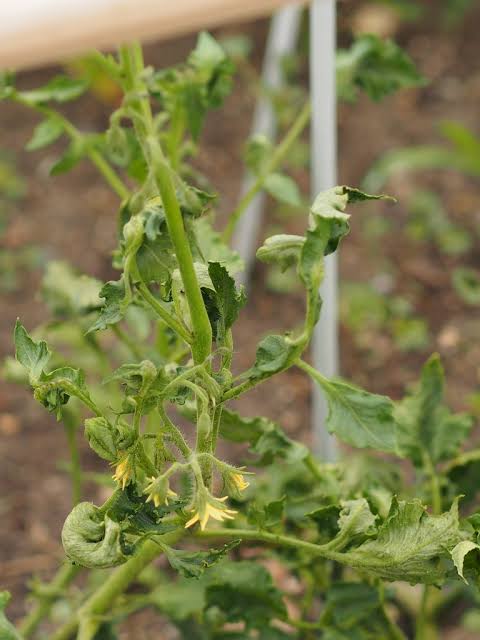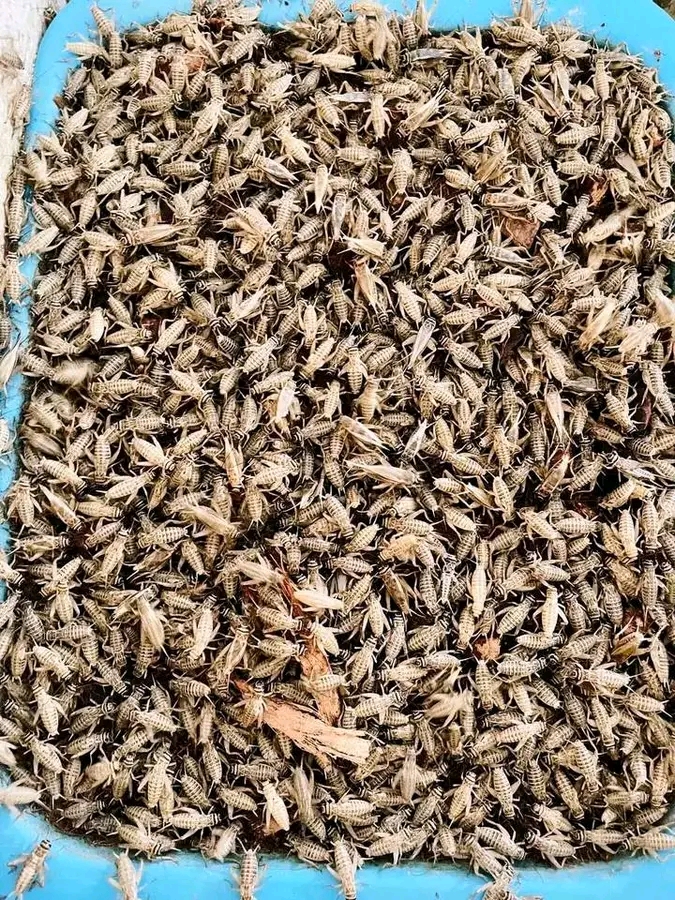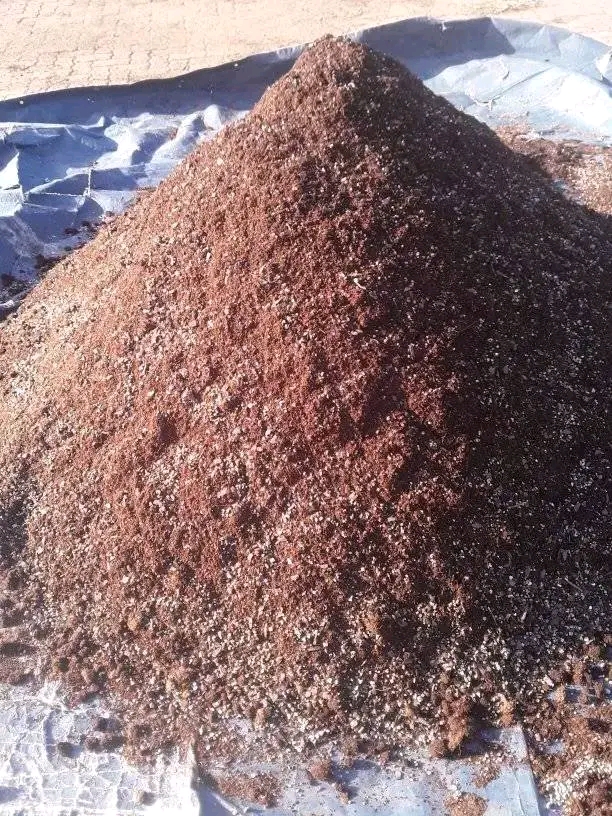
Farmers have turned to laundry detergents in taming deadly fusarium wilt disease that affects potatoes, tomatoes, capsicums, and their vegetable relatives.
Patrick Njenga, a Kiambu County Irish potato farmer, has successfully used the Jik detergent to clear fusarium wilt from his three quarter an acre after registering losses after a growing season.
“I learnt from other farmers who had experimented and found that Jik had helped them in eliminating the wilting infection, which ‘terrorises’ crops to death after setting in,” he said.
Fusarium wilt is a fungal disease that causes withering in crops in the solanaceae family. Some crops in this family include tomatoes, sweet and Irish potatoes, pepper, black night shade, among others.
This severe infection does not have an approved agrochemical remedy other than sustained field rotation of non-susceptible crops from other families.
After identifying premature drying or withering, Njoroge uprooted the affected plants and discarded them away from the farm to stop further spread.
He took a capful Jik and added it to a cup of water before pouring it into the hole of the ‘casualty’. Because the disinfectant is for external use only, the farmer banked of leeching to drain the chemical after heavy rains.
“After the application, the field remained free until the end of the season. With the heavy rains falling during rotation and land resting time, the chemical elements in the soil may have disintegrated or been leeched to deep soil layers,” he said.
Related News: Detergents give 100 per cent hydroponic fodder and kill germs
Related News: Ex-Mumias farmers find top earner in pawpaw jam, oil and drinks
Jik is corrosive laundry detergent that causes skin scorching when used without dilution. Other farmers are reportedly using other germ-killing disinfectants like Dettol.
The following season Kimende Village farmer grew broccoli and cauli flower in that piece of land.
“In ensuring that the farm is safe for growing the Irish potatoes again, he sought the help of crop nutritionist, who tested the soil.
The Irish potatoes are ready for harvesting, and the farmer confirms that there were no cases of fusarium wilt.
Inasmuch as the disinfectants may be helping in taming the infection, Amiran Kenya Agronomist Wycliffe Obwoge said soil streaming and crop rotation remain the approved ways of dealing with fusarium wilt and other diseases that do not have chemical remedies.
Related News: Grafting purple & yellow passion fruit eradicates deadly fusarium wilt
Farmers, especially those with greenhouses steam soil to kill the fungi before planting polythene bags. The bags are again placed on polythene sheets to prevent new contamination from the ground.
Write comment (0 Comments)

















